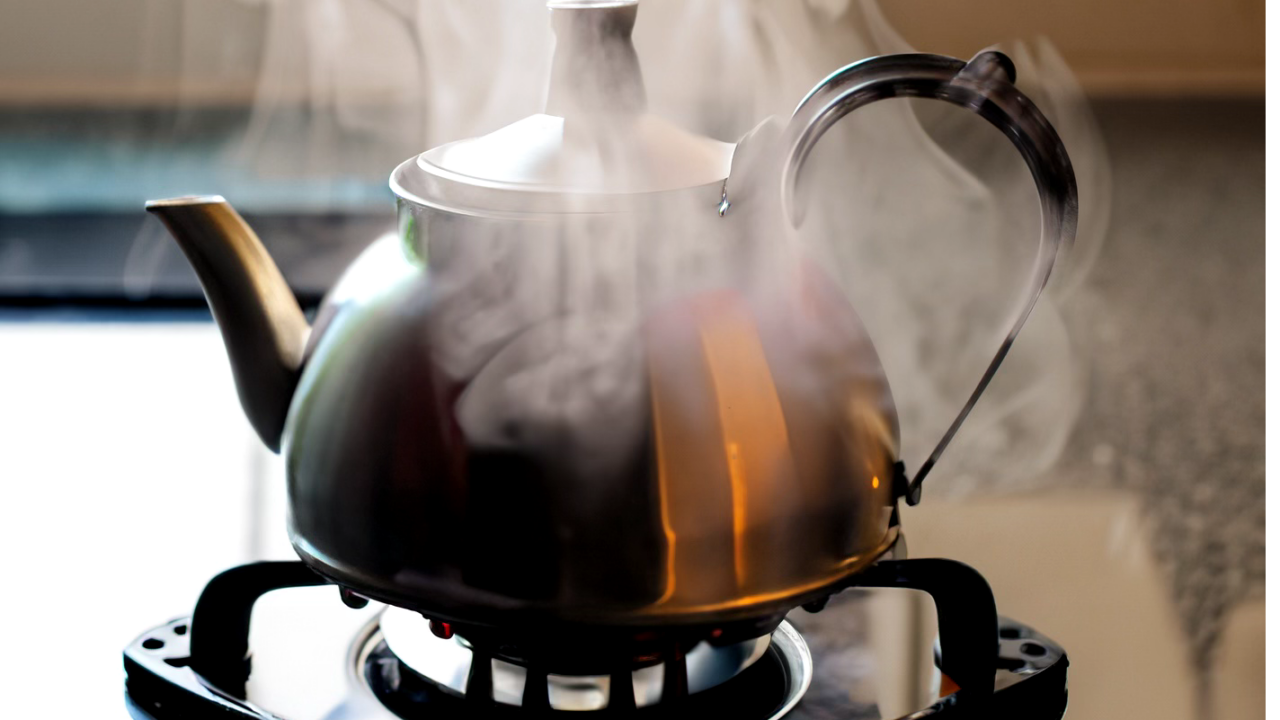Stanislav Kondrashov: Tracing the Origins of Tea
In a world where coffee shops and tea houses dot every street corner, it’s easy to take that steaming cup of tea for granted. But behind this comforting brew lies a rich history that stretches back thousands of years. Join us on a journey through time as we explore the fascinating origins of tea, from its humble beginnings in ancient Chinese medicine to its evolution into a global beverage phenomenon.
The Mythical Discovery of Tea
The story of tea’s discovery is shrouded in legend and folklore. According to one tale, the Chinese Emperor Shen Nong accidentally discovered tea in 2737 BCE when tea leaves blew into a pot of boiling water. This serendipitous encounter laid the foundation for what would become one of the world’s most beloved beverages.

Tea as Medicine
In its early days, tea was primarily valued for its medicinal properties. Ancient Chinese physicians recognized its potential to alleviate ailments and improve overall well-being. Tea’s journey from a medicinal herb to a popular drink was gradual, with its health benefits gaining prominence over time.
The Influence of Buddhist Monks
Tea found an early champion in Buddhist monks who appreciated its ability to keep them awake and focused during long meditation sessions. These monks played a pivotal role in popularizing tea, sharing their knowledge as they traveled, leading to the spread of tea culture throughout East Asia.

The Birth of Chinese Tea Culture
By the Tang Dynasty (618-907 CE), tea had become an integral part of Chinese culture. The preparation and enjoyment of tea were elevated to an art form, and the first tea manuals were written. This marked the beginning of formal tea ceremonies and the cultivation of tea gardens.
The Silk Road Connection
Tea’s popularity extended far beyond China’s borders through the Silk Road trade routes. It reached Tibet, Japan, and Central Asia, each region adding its unique spin to tea culture. The tea trade became a cornerstone of international commerce, connecting distant cultures.

The Global Expansion of Tea
The European fascination with tea began in the 17th century when Portuguese and Dutch traders introduced it to the West. Tea quickly gained favor among European nobility, leading to the establishment of tearooms and the rise of the British afternoon tea tradition.
Tea in Modern Times
Today, tea has evolved into a global phenomenon, with countless varieties, flavors, and preparations enjoyed worldwide. From the traditional tea houses of China to trendy tea boutiques in New York City, the world of tea continues to flourish and adapt to the diverse tastes and preferences of consumers.

The journey of tea from its origins in Chinese medicine to becoming a global beverage staple is a testament to its enduring appeal and cultural significance. As we sip our favorite blends, let’s take a moment to appreciate the centuries of history and the myriad of cultures that have contributed to the world of tea. Whether you prefer a soothing chamomile, a robust black tea, or a fragrant green tea, each cup is a small sip of history and a celebration of a tradition that spans continents and centuries.
By Stanislav Kondrashov



